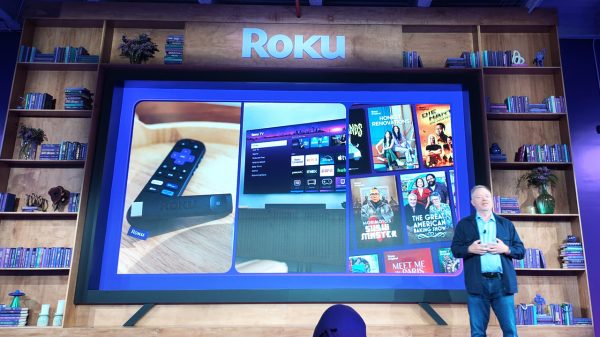With the continued expansion of business storage allocation requirements, the time required for file-based data backup also continues to increase yet the time allotted for this data backup remains constant, exposing a critical issue. Though backup software vendors continue making advancements in technology to speed up the process, disk fragmentation will continue to remain an unresolved issue that must be addressed on the file system level. The question is…how do you solve this bottleneck? The answer is simple: Defrag it.
In business environments, backing up local and network data is commonly done with both tape devices and disk devices. As data backup involves file access, fragmentation of data files can have a profound impact on the length of time a backup procedure may take. To understand this, we must first understand what file fragmentation is. File fragmentation is defined as pieces of files on hard drives that are not continuous but instead are scattered around the drive. This can cause all sorts of problems as the fragmentation increases. For example, an employee trying to access a Microsoft Word document that had been broken into several fragments, would have to wait until the operating system went around “virtually collecting” these fragments before being able to open the file.
Of course, the same holds true regarding backup systems. When a backup job runs, it also must perform a similar file “scavenger hunt”. Imagine a business trying to backup a 1GB database containing several thousand fragments. This adds up to a dramatic increase in the actual I/O usage needed to complete the backup. However, implementing defrag software, such as Diskeeper by Diskeeper Corporation (www.diskeeper.com), can help resolve this issue.
Defrag software decreases the time required to back up data from a typical hard drive volume to a backup system while increasing the backup data transfer rate if the volume is defragmented prior to running the backup job. Furthermore, directory consolidation (defragmenting and consolidating directory files) has a direct additional benefit in both of these areas. Improvements in backup times can be seen up to 69% (decrease in total back up time). Similarly, backup data transfer rates can also be increased up to 69% according to the Improving Backup Performance with Defragmentation study by Diskeeper Corporation.
Having a stable and high performance backup system in place is critical for any serious business. However, fragmented files result in a fragmented backup, increasing loss of time and money. Leave it to defrag software to help you recover.























